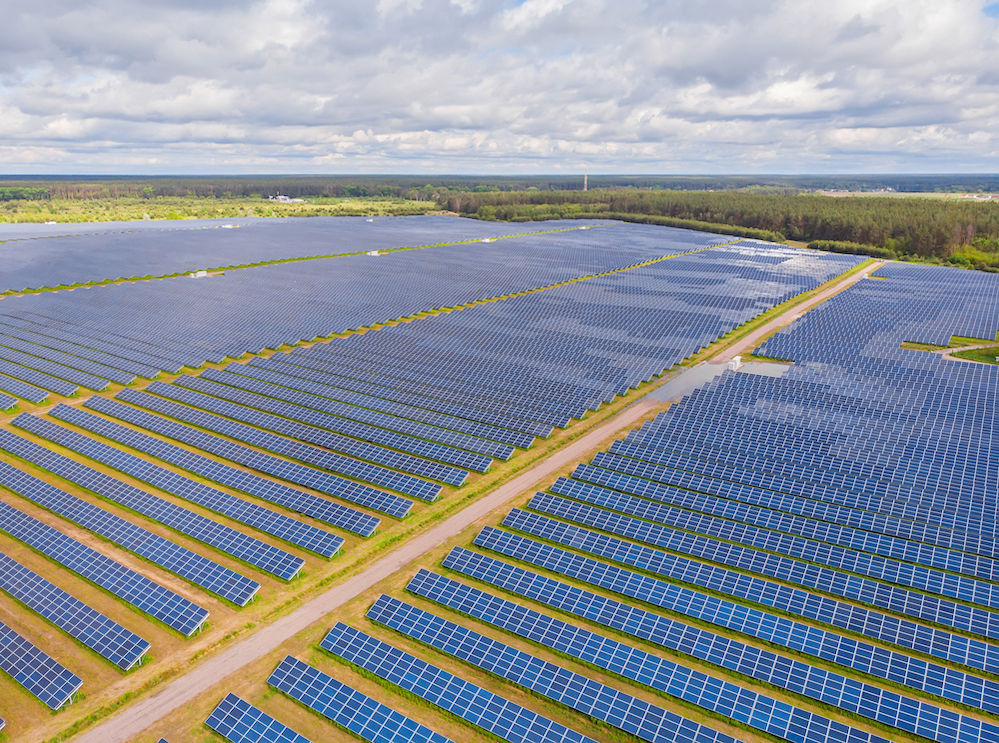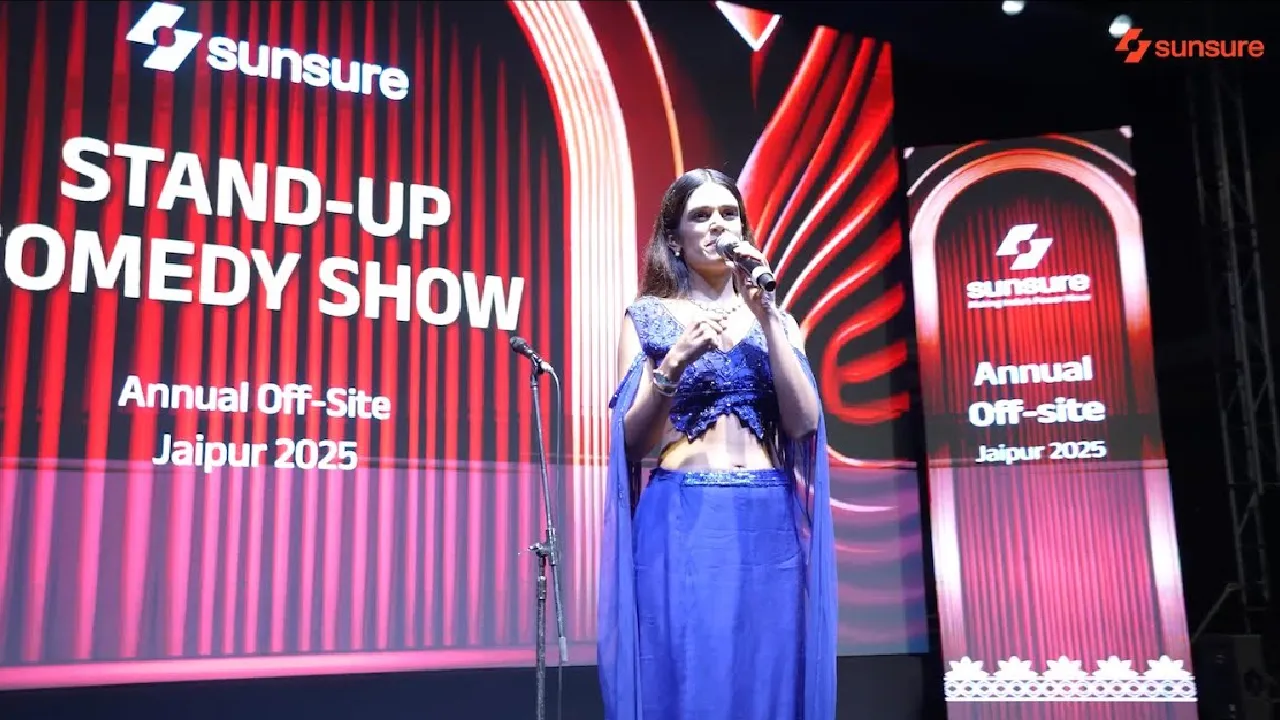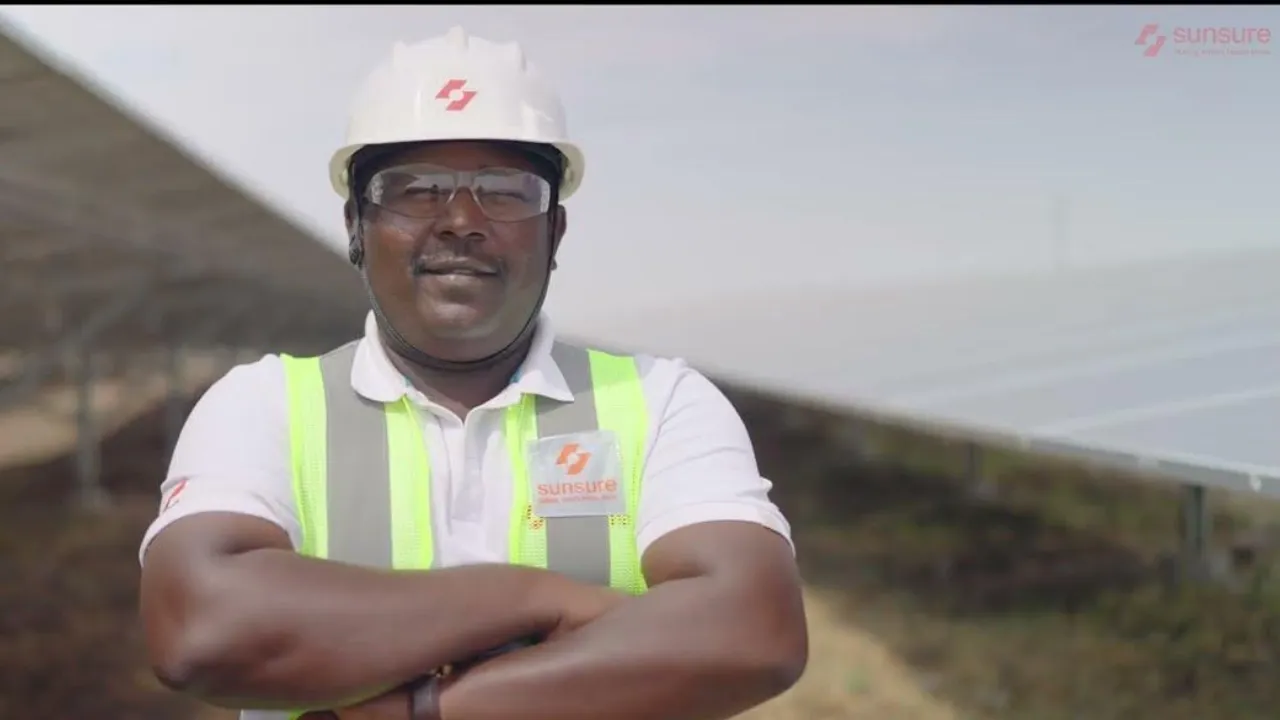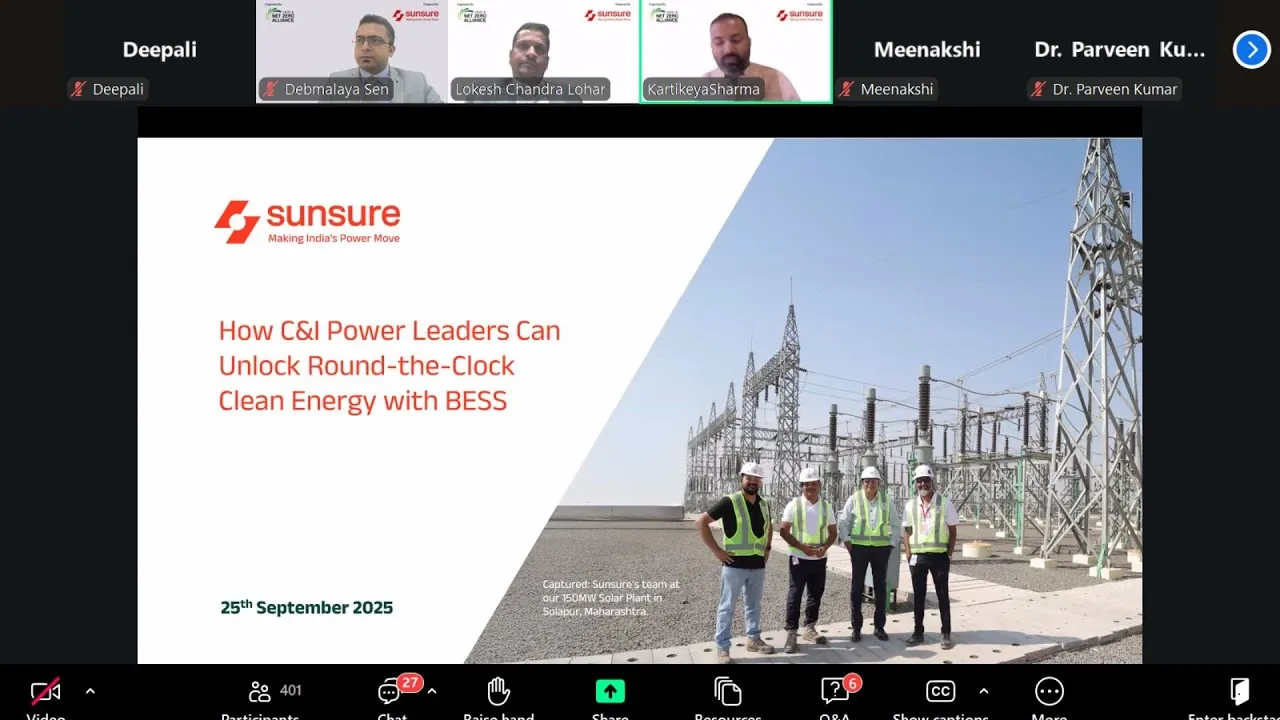Table of content
- Captive vs. Third-Party Open Access PPAs for Green Energy in the Indian Power Market
- Understanding Captive Open Access and Third-Party Open Access PPAs
- Comparing the Benefits of Captive and Third Party Open Access PPAs


In the dynamic landscape of the Indian power market, a notable trend is emerging among businesses with large scale power consumption: a decisive shift towards green energy. This transition is being facilitated primarily through two progressive models – the Captive Open Access Power Purchase Agreement (PPA) and the Third Party Open Access PPA. These models are gaining traction especially in the Commercial & Industrial (C&I) sector, which accounts for a substantial portion of India’s energy consumption. By leveraging these PPAs, businesses are not only reducing their carbon footprint but also embracing energy cost savings and sustainability in their operations. This blog aims to delve deeper into the intricacies of both PPA models, providing a comprehensive understanding for businesses looking to navigate this green transition.
The Open Access Model, as established by the Electricity Act 2003 and further refined under the Green Open Access Rules 2022, represents a pivotal shift in the Indian Power Market. It empowers consumers with a contracted demand of 100 kW or above to directly procure electricity from green energy producers, transcending the traditional utility-based procurement methods. This progressive model encourages a competitive marketplace, enhanced by the choice of renewable energy sources, which aligns with the nation’s objectives for a sustainable energy landscape. As we delve deeper into this model, we uncover its two prominent structures: Captive Open Access Power Purchase Agreements (PPAs) and Third Party Open Access PPAs, each with distinct mechanisms and benefits designed to meet the varying energy demands of consumers.
Captive Open Access PPAs, a framework laid out by the Electricity Act 2003 and further refined under the Green Open Access Rules 2022, enable consumers with a contracted demand of 100 kW or above to procure electricity directly from green energy producers. For any consumer to sign a captive open access, regulations mandate industrial and commercial consumers to comply with the following conditions,
Following the above two criteria the consumer can sign a Captive Open Access PPA with a private power producer in the country.
Captive Open Access PPAs offer advantages like cost-effective green energy, enhanced energy security, and compliance with Renewable Purchase Obligations (RPOs), aligning with India’s broader goals of reducing carbon emissions and promoting renewable energy. This approach not only fosters a greener energy ecosystem but also provides businesses with more control over their energy sources, costs, and sustainability commitments.
The Captive Open Access PPA method is used industry wide to procure green power at a lower than grid rates, but they require consumers to invest upfront capital in the generation assets or SPVs to qualify as captive consumers. For consumers who face constraints in investing capital, Third Party Open Access PPAs offer an alternative route.
Third Party Open Access Power Purchase Agreements (PPAs) have gained prominence as a flexible and accessible mechanism for businesses to transition towards green energy. These agreements enable commercial and industrial entities to directly procure electricity from renewable energy producers without the need for owning the generation assets. This model is distinct for its ease of adoption, requiring no upfront capital investment from the consumer. Under Third Party Open Access PPAs, businesses can secure fixed, often competitively priced green energy over a long-term period, safeguarding them against the volatility of traditional energy markets. This not only aids in reducing operational costs and carbon footprint but also aligns with India’s renewable energy targets and environmental commitments. Third Party Open Access PPAs thus play a pivotal role in democratizing access to renewable energy, contributing significantly to the greening of India’s power sector.
In India’s journey towards sustainable energy, both Captive and Third Party Open Access PPAs play crucial roles. While Captive PPAs offer more control and direct ownership benefits, Third Party PPAs are simpler and financially flexible. Corporations need to assess their long-term energy needs and sustainability objectives to choose the appropriate model. For corporations and industries looking to navigate this complex landscape, partnering with a knowledgeable and experienced service provider like Sunsure Energy can be a strategic decision.
Sunsure Energy, with its expertise in renewable energy solutions, offers comprehensive support for both Captive Open Access and Third Party Open Access PPA needs. Sunsure tailored approach and market experience ensure that businesses get customized solutions to their energy requirements and also contribute to the broader goal of sustainable energy development in India. Sunsure signed PPAs with organizations like Kajaria Ceramics, Dabur, Sandoz, Inox Air Products and can help you with a PPA solution for your business as well. Please get in touch.
A Third Party Power Purchase Agreement (PPA) in the context of renewable energy is an arrangement where a renewable energy developer installs, owns, and operates an energy generation system (like solar or wind farms) and sells the generated power directly to a consumer, usually a business or corporation. The consumer does not own the energy system but agrees to purchase the electricity produced by it for a predetermined period, typically ranging from 10 to 25 years.
An Captive Open Access PPA in renewable energy allows large power consumers (typically with a connected load of 100 kW or more as per the updated Green Open Access Rules 2022) to purchase electricity directly from renewable energy producers, bypassing the traditional utility. This model enables consumers to source renewable energy at potentially lower rates, have more control over their energy mix, and contributes to their sustainability goals.


